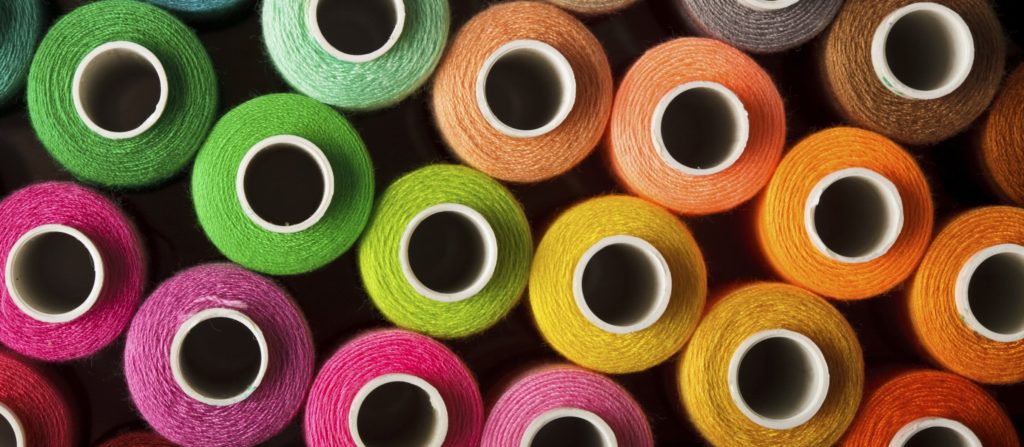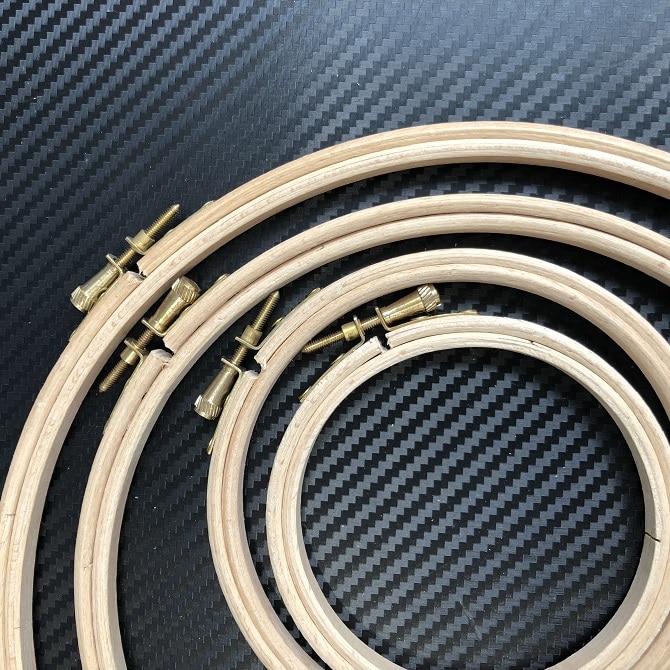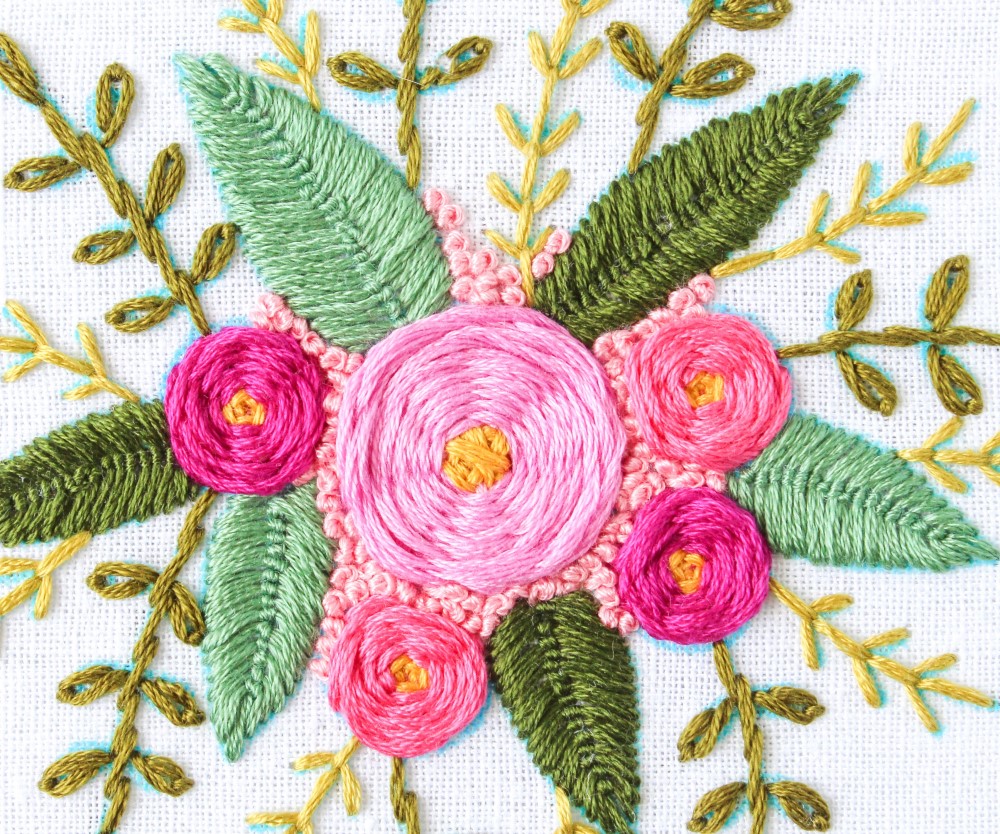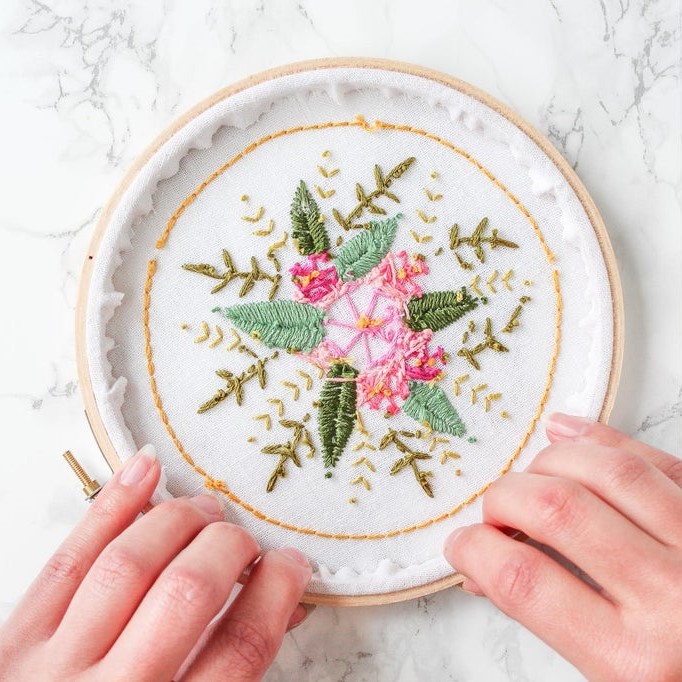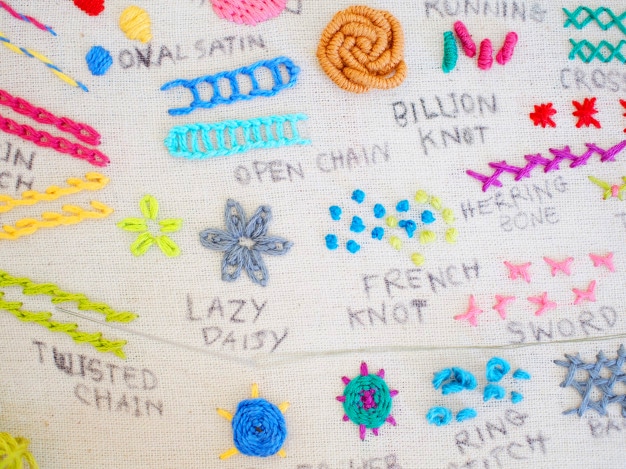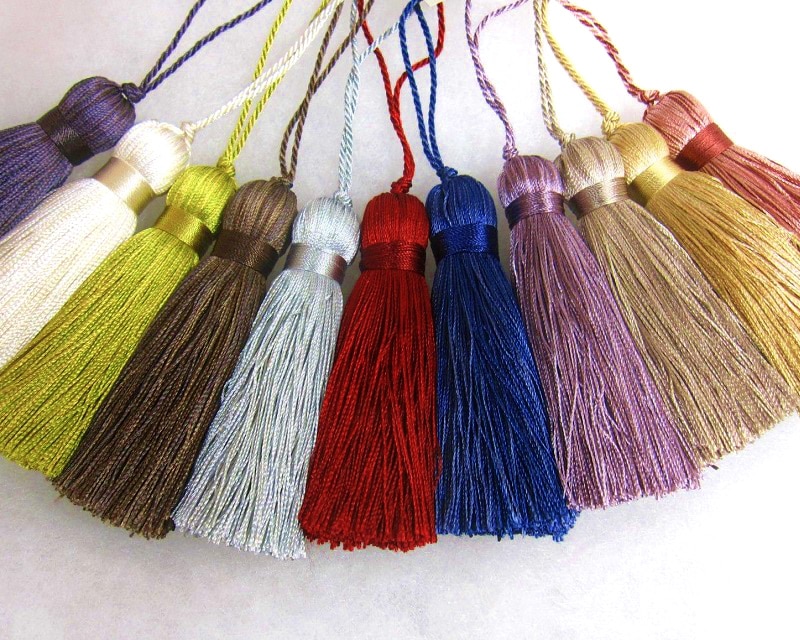

When we think about embroidery, we often envision our Grandma, dutifully stitching a loving quote, perhaps adding a flower embellishment to some dishcloths. As younger generations are now re-discovery sewing arts, there is a newfound respect for embroidery. As The Guardian attests, last year’s lockdown really boosted different sewing arts. While you can certainly follow pre-made patterns, one of the fun aspects about this craft is you can add your own creativity to it. How to make your own embroidery pattern is fun and not as difficult as you may think. Instead, it just involves an idea, the right tools, and a bit of initial patience. All these put together will have you stitching your way towards a truly interesting design.
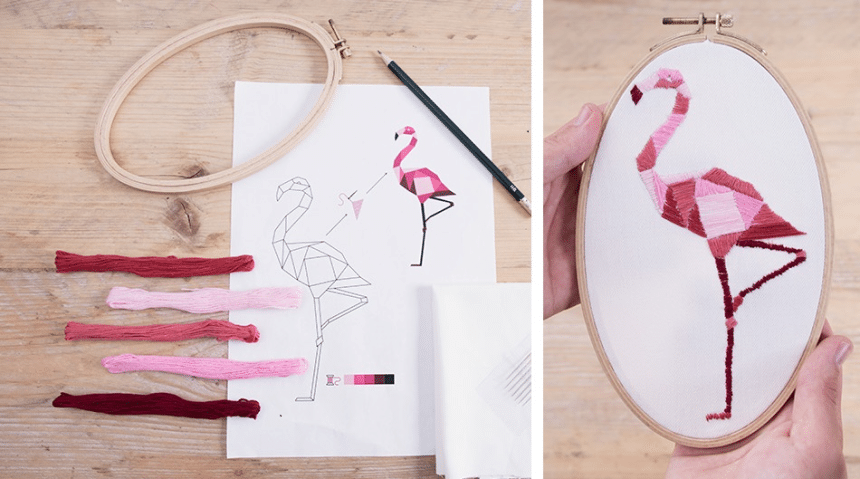 How are your artistic skills? While some people are naturally gifted when it comes to art, others are a little apprehensive about putting pen to paper. Even if you’re a bit worried, however, it’s a good idea to simply start doodling. You might just amaze yourself at what you can create.
How are your artistic skills? While some people are naturally gifted when it comes to art, others are a little apprehensive about putting pen to paper. Even if you’re a bit worried, however, it’s a good idea to simply start doodling. You might just amaze yourself at what you can create.
Even if you eventually need some help finishing your design, you should always start by doodling the first drafts. This way you get a sense of scale, details, and placement. Perhaps you want to combine some words with some images. Doodling this out will help your brain organize your design.
Once you have a rough idea of your embroidery design, there are then a few options to consider. You can have a more artistic friend finish off the design for a more professional look. Or, you can turn to the computer and use special software to create the image you want. Either way, it will probably take a few drafts before you’re satisfied with your creative process.
For those that has a steady hand, there’s a certain satisfaction in being able to create a picture and then transfer it onto your fabric. Here are a few methods to get going with.
 By far the simplest of techniques, tracing paper is great if you’re starting out and just want to practice first. Take tracing paper, which is wafer-thin, and draw your design on to it. Pin or baste the tracing paper to your fabric, keeping it as flat as possible.
By far the simplest of techniques, tracing paper is great if you’re starting out and just want to practice first. Take tracing paper, which is wafer-thin, and draw your design on to it. Pin or baste the tracing paper to your fabric, keeping it as flat as possible.
Then, you can sew through the paper. Because it is to thin, it will easily come off at the end, leaving no bits of it behind.
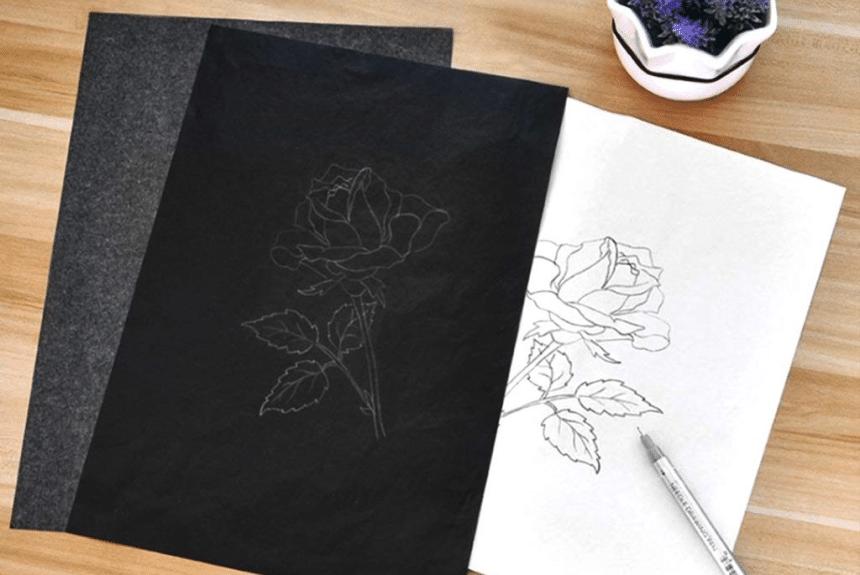 Slightly different from tracing paper, transfer paper has a carbon or wax side that will transfer onto your fabric. The trick is to use light-colored paper if your fabric is dark and vice versa. This will ensure the wax or carbon shows up.
Slightly different from tracing paper, transfer paper has a carbon or wax side that will transfer onto your fabric. The trick is to use light-colored paper if your fabric is dark and vice versa. This will ensure the wax or carbon shows up.
You will have to draw directly onto your fabric, so be sure to practice ahead of time. However, if you make a mistake, the residue will easily wash out of your fabric.
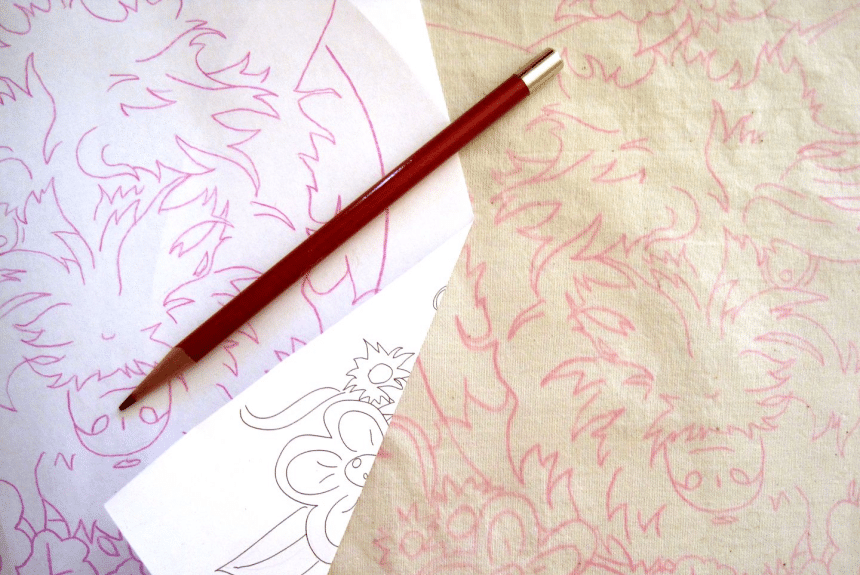 Start with creating a design on a piece of transfer paper. You want the paper to be thin so that you can see through it for the right placing. While you can start with regular pencil if you want, before you’re done make sure the image is re-drawn with transfer pencils or pens. Just remember that the image will be flipped so unless it’s symmetrical, you will have to draw the design in reverse.
Start with creating a design on a piece of transfer paper. You want the paper to be thin so that you can see through it for the right placing. While you can start with regular pencil if you want, before you’re done make sure the image is re-drawn with transfer pencils or pens. Just remember that the image will be flipped so unless it’s symmetrical, you will have to draw the design in reverse.
Once the image is on the paper, place it flat against your fabric. Use an iron and the image will transfer directly on to the fabric. One important note is that this ink is actually permanent. This means that when you embroider over it, you have to follow exactly on the lines. Otherwise, you will be able to see the felt marker underneath your needlework, which can look unfinished.
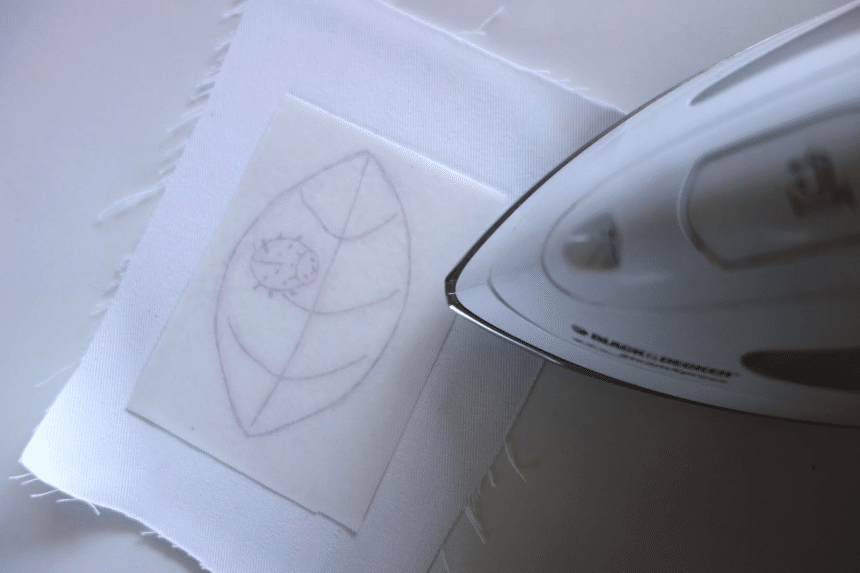 If you don’t mind using an iron, you can use a transfer that moves the image from your design paper to your fabric through heat. For example, Printworks Vanishing Embroidery Transfers are incredibly simple to use. You can either print your design on the paper or draw it yourself. After ironing on the design, the transfer paper will actually wash away, leaving no trace behind.
If you don’t mind using an iron, you can use a transfer that moves the image from your design paper to your fabric through heat. For example, Printworks Vanishing Embroidery Transfers are incredibly simple to use. You can either print your design on the paper or draw it yourself. After ironing on the design, the transfer paper will actually wash away, leaving no trace behind.
 If you’re too worried about permanent markings, or just want an easier solution, embroidery stabilizers are a good option. You can either print your design on them or draw directly on them. Once completed, remove the backing on the paper and place it on your fabric. The design will stay and allow you to stitch over it. Finally, after you have stitched to your heart’s content, simply rinse away the residue.
If you’re too worried about permanent markings, or just want an easier solution, embroidery stabilizers are a good option. You can either print your design on them or draw directly on them. Once completed, remove the backing on the paper and place it on your fabric. The design will stay and allow you to stitch over it. Finally, after you have stitched to your heart’s content, simply rinse away the residue.
Stabilizers, such as the Sulky Stick N Stitch stabilizer, are incredibly useful. There’s no need to iron anything and the design isn’t permanently on your fabric. It’s quite innovative and a real game changer when it comes to embroidery.
If you have regular paper, either white paper or construction paper, you can try an innovative method called pouncing. Start by drawing on your paper. Then, take a needle and poke holes along the design. Once done, attach the paper to the fabric, making sure it is completely flat. Finally, take baby powder or a similar substance and sprinkle through the holes.
The powder will end up on the fabric and you then have an outline to embroider over.
Hand drawing embroidery patterns is fun but if you lack the artistic skills to bring your creativity to life, there’s still options for you. With computer software, you can actually design a professional-looking image.
Just as you would with tracing paper and other methods, start by doodling your ideas. It’s good to have some idea before you get into the software component. In this process you may actually realize you like your drawing just as it is, and don’t even need computer help. Either way, the more you can map out your design by hand, the easier using a computer will be.
After you are happy with your design, you can then scan it to your computer. If you don’t have a scanner, don’t worry as there are now many high-quality apps on phones that do the job quite well.
Just try to use the highest quality image. This way all the intricate details of your design show up on the computer.
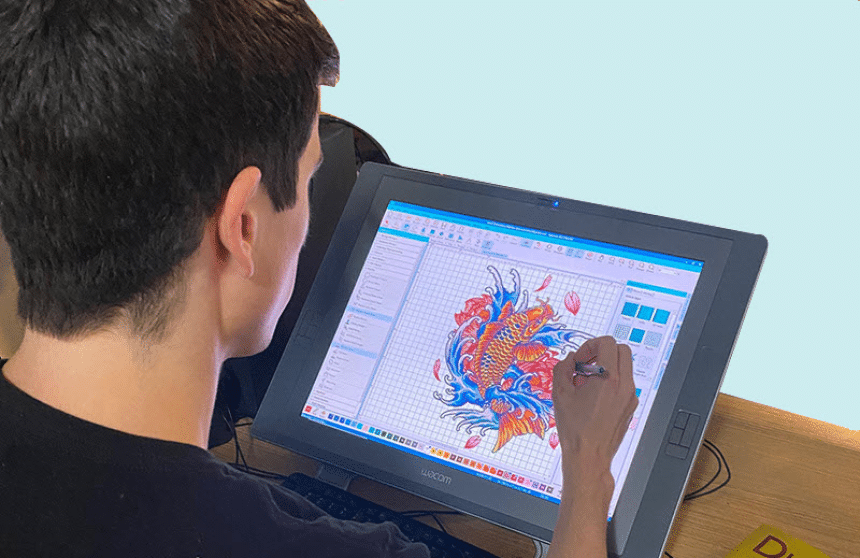 Now’s the fun part! Play around with your software. There will be an option to free-hand draw on your computer, or you can alter the image. You can even enlarge the image, so if you have a logo, you can apply it to many different surfaces.
Now’s the fun part! Play around with your software. There will be an option to free-hand draw on your computer, or you can alter the image. You can even enlarge the image, so if you have a logo, you can apply it to many different surfaces.
A lot of software will also have stock images you can look at. You can either use these in your embroidery or you can use them for inspiration to create your own twist.
For those that want to continue embroidering by hand, you will need to print your design. Use tracing paper or a stabilizer, and print your design directly on it. Then, proceed using the steps from above.
Be careful when using thin tracing paper as it can get jammed in your printer. As well, depending on the type of paper you’re using, it might not be large enough to fit in a printer. You can always try taping it to a larger paper. Otherwise, print to a regular paper and then use a photocopier to transfer the image to your stabilizer.
While you can certainly continue to embroider by hand, there are other options. Many sewing machines have an embroidery function. You can look at these innovative embroidery machines that are so easy to use, even beginners can manage them.
Connect your embroidery machine directly to your computer or use a USB stick, depending on the design. The image will then transfer over so you can get to work on your latest project.
Want to add some elegance to a pillow or maybe spice up those old jeans? Embroidery is no longer just for old ladies. Instead, you can design some cool pictures and highlight your individuality. Those with artistic skills can use transfer paper or stabilizers to move their design to fabric while those who need a bit more help can use computer software. No matter which you use, how to make your own embroidery pattern should be filled with creativity and enjoyment. There’s no reason to have boring towels anymore. Start doodling and see where you end up!
